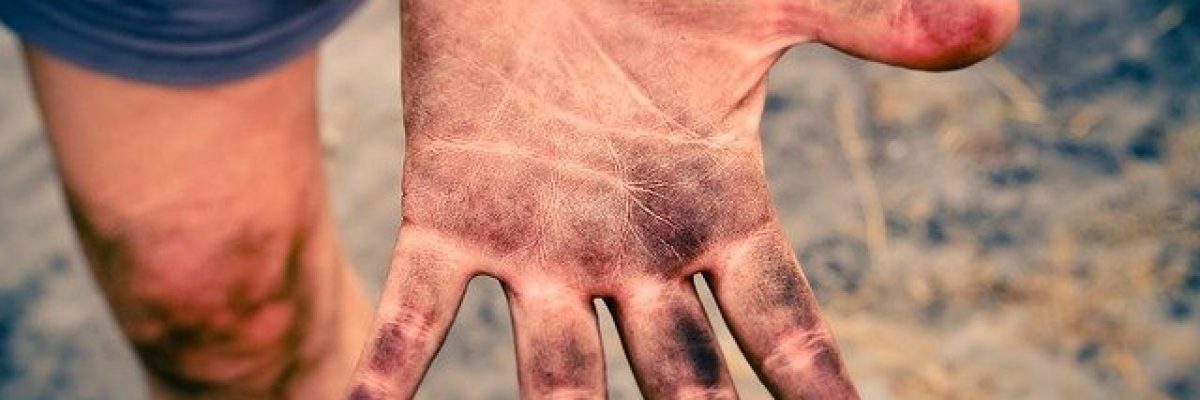The pain relieving expert is asked: Matti, tell me, lately I have often had the feeling that one of my hands is asleep and my fingers are tingling. Do you have an idea what could be the reason for this?
“Yes, I have a very good idea where it can come from. It often has something to do with the daily movements. These sequences are usually very one-sided. And are constantly repeated, for years and decades. ”
How is this to be understood?
“If muscles and fasciae are no longer regularly stretched to their full extent, the supple system is transformed into a brittle, unyielding structure. The less different angles of movement are used in everyday life, the greater the tension of the muscles and fasciae becomes. This applies to all areas of the skeletal and locomotor system. In relation to your question, this would be the arms, hands and chest area. Over time, the respective network of muscles and connective tissue adapts exactly to the movement patterns that are trained, either intentionally or unconsciously. “
And how do my hand and finger problems come about?
“I just explained that. Look…what movements do you perform all day? These are mainly forward movements. Where are the movements that counteract these movements? You work on a computer? Thousands of keystrokes a day. Where are the movements that counteract these movements? You spend 10-16 hours a day in a sitting position. Where are the movements that counteract these movements?
How many times a day do you look at your mobile phone and type around on it? Where are the movements that counteract this? And the whole thing is repeated at least 5 times a week, for years and decades. ”
So you’re saying that if I don’t make any movements that are contrary to my usual movement pattern, there will be pain, hands falling asleep and tingling fingers?
“Exactly. In this case, as far as your problem is concerned, there is probably muscular shortening, especially in the chest, shoulder or upper arm. These areas should be stretched to counteract the shortening already mentioned. Depending on which parts of the body are under more stress in everyday life, the consequences of shortened muscles or unyielding fasciae will show up in different places.”
And how should I do this?
“That is actually very simple. You have various options – make an appointment with a specialist ![]() .
.
This will bring the fastest results. Or you can stretch the relevant parts of the body (arm, chest, shoulder and wrists) on your own and thus ensure the necessary counter movement. Make sure that the stretching is active, not passive. “













